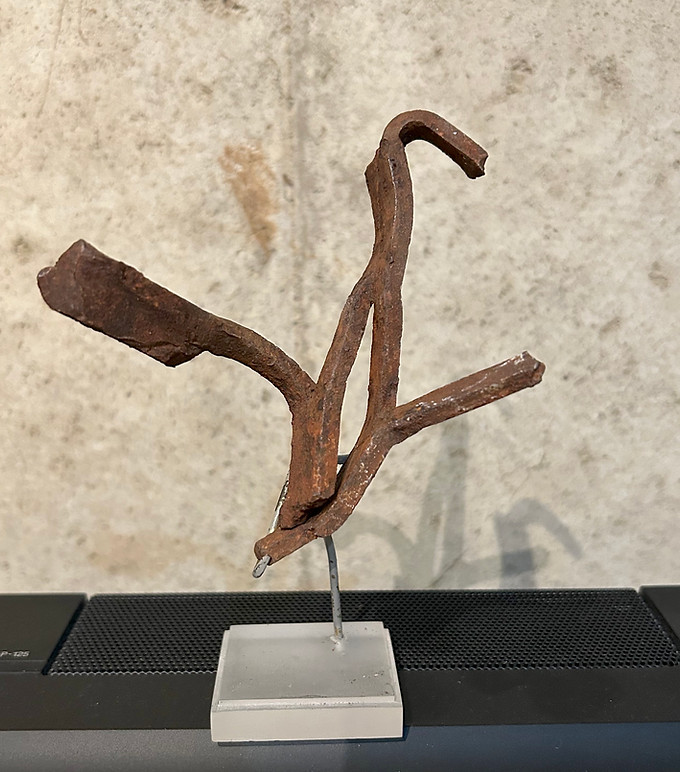

From a strictly historical point of view, very little material of significant historical importance remained in the facility, having been sold for scrap or stolen over the previous 20 years. However, the massive artistic potential offered by the decaying remains, and the accessibility of these resources provided by MPF, soon became the principal focus of the curatorial efforts at the site. The aesthetic, material, and conceptual potentials found in the ruins were to be recycled and repurposed much like the copper, steel, and aluminum in the plant.
The artistic potential of the abandoned facility was first addressed through careful photo documentation of certain emptied or decomposing spaces, technological fossils, patina studies, and (most importantly) traces of former human presence found in the remaining half-million square feet across eight buildings. An attempt was made to accomplish this in a thoughtful and respectful manner, avoiding now-common “ruin porn” or the thrill photography of urban exploration.
The abandoned plant was still full of what were soon regarded as “ready-mades”; that is, objects, assemblages, or even surfaces that were created under various incidental circumstances and conditions and which ultimately became impressive works of naturally occurring art.
Mazrim also began using found objects from the factory in his own mixed-media art work, and soon began inviting other area artists to visit, find inspiration, and harvest art supplies for their own works. Two regional exhibits are now scheduled for that work. The Midwestern found-sound music collective Fossil Aerosol Mining Project also began making audio recordings of the remarkable sonic ambience of the site, resulting in a soon-to-be-released album.










